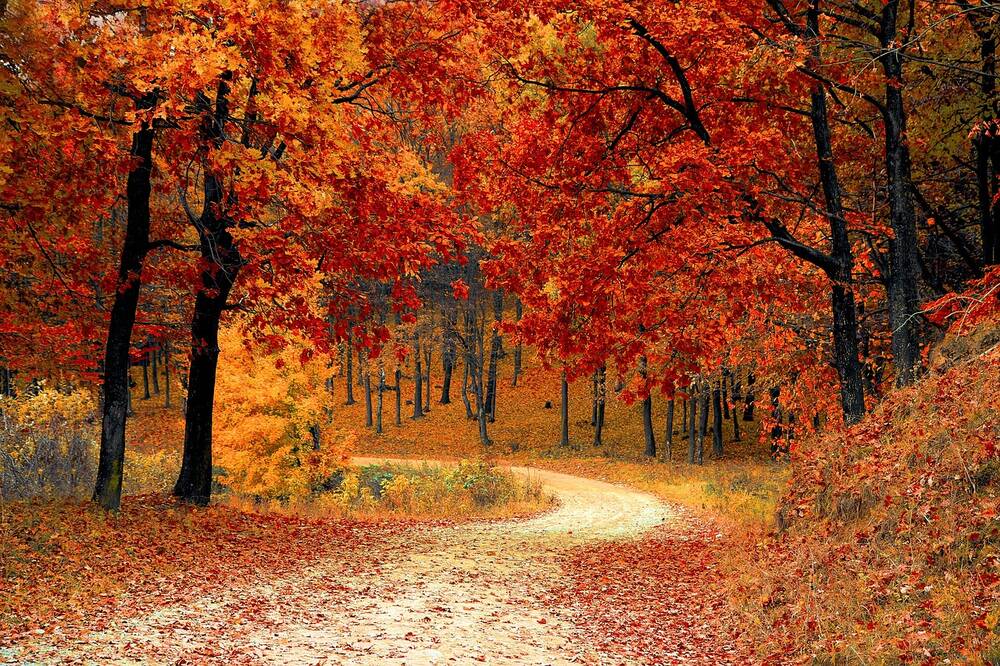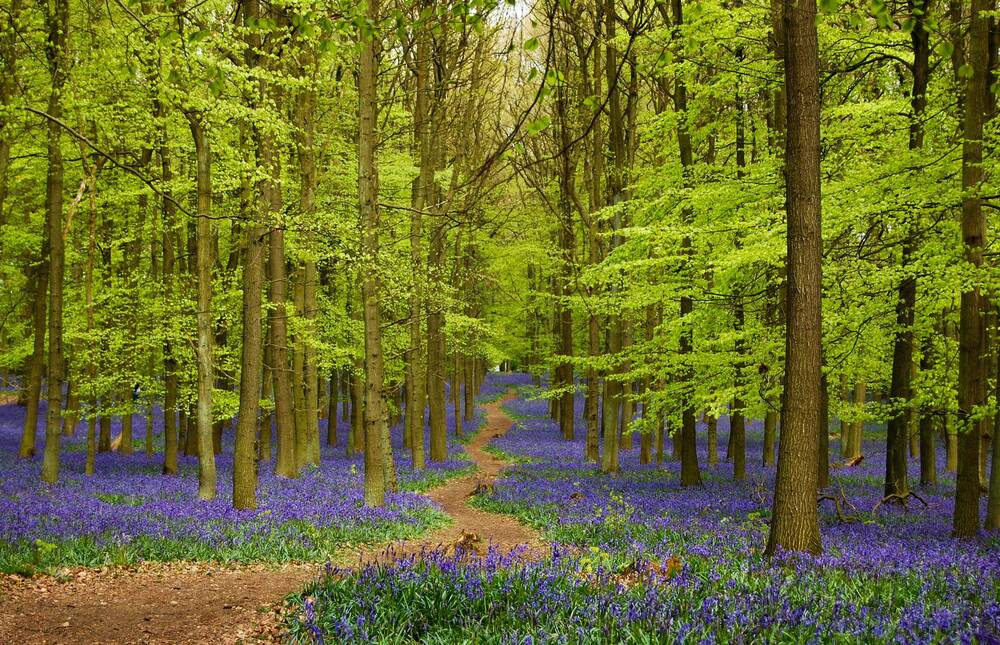Shockingly, England ranks in the bottom 10% globally for biodiversity. Local Nature Recovery Strategies (LNRS) are in place to preserve and protect our natural environment. England, largely deemed one of the most nature-depleted countries after years of human activity and development, and is left in a position where collaborative action is required for nature’s chance at recovery. This is for things we rely on such as food security, clean air and water.
The Secretary of State for Environment, Food and Rural Affairs appointed 48 authorities covering the entirety of England without gaps or overlaps. These authorities lead an appropriate local nature recovery strategy depending on the local area nature.
The Importance of Local Nature Recovery Strategies
LNRS are crucial in the UK in combating the years of biodiversity loss that have come from human activity. Following years of urbanisation, LNRS are here to compensate for years of biodiversity loss and strengthen the damaged ecosystems that we rely on for the quality of human life.
Preserving Biodiversity
Biodiversity is essential for the health of the planet—reports have warned of a collapse of ecosystems due to the over-exhaustion of human activities such as deforestation and overfishing. What biodiversity we have left, now, must be preserved, as we are at risk of widespread species extinction that challenges food security. These initiatives are specific to certain areas, to enhance local and repair damage done to specific ecosystems. This could include restoring damaged ecosystems or creating new habitats for endangered species.

Supporting Ecosystem Services
Ecosystem services are the benefits that we derive from nature, such as clean air and water, pollination, and soil fertility. Local nature recovery strategies can help to maintain and restore these services, assisting in the fight against climate change and other environmental challenges.
For instance, a local nature recovery strategy might involve the planting of trees to absorb carbon dioxide from the atmosphere, or the restoration of wetlands to improve water quality.
Enhancing Community Well-being
It is scientifically proven that green spaces can massively boost mental health, as well as reduce stress and promote physical activity. Some local nature recovery strategies might create new parks, nature reserves or restore urban green spaces.
This means that people spend more time in their day-to-day lives in flourishing wildlife, green environments, breathing cleaner air and having more time in nature. These strategies, as well as combating environmental destruction, create happier, healthier, more resilient communities and lend well towards a more sustainable future.
Key Components of a Local Nature Recovery Strategy
Local nature recovery strategies will vary depending on the local environment they are recovering, however many will follow this general set of steps:
- Mapping and Assessment – Assess the current habitats and the species that inhabit them. This ecological baseline will highlight the priority areas for action.
- Set Goals – Understand the extent of achievable environmental restoration and sculpt out measurable objectives for enhancing the local biodiversity.
- Planning – Develop a detailed plan that outlines the restoration and conservation activities as well as the parties responsible.
- Stakeholder Engagement – Involve local communities, landowners, and other key stakeholders in planning and implementation.
- Monitoring and Adaptation – Strategies must be regularly checked and monitored to ensure targets are being met and appropriate progress is being made.

Identifying Priority Areas
In local environments, different priority areas will require urgent attention. This may involve mapping habitats, identifying threatened species, and consulting with local stakeholders to understand the most pressing issues. By identifying priority areas, conservationists can focus their efforts and resources on the areas that need them the most.
For example, in a local area where wetland habitats are under threat, conservationists may identify specific wetland areas that are particularly important for supporting biodiversity. By focusing their efforts on these areas, they can help to protect and restore these habitats, which in turn will benefit the species that rely on them.
Setting Conservation Goals
Achievable conservation goals must be set to ensure the strategy’s plan is structurally sound, has deliverable targets within timeframes, and will result in a significant local environmental gain that has utilised time and resources in an optimal way. Examples of this could be increasing a threatened species’ population by 50% across five years, ensuring brilliant results within a realistic time frame. The structured targets will ensure the clear target is met and conservation efforts are achieved.
Developing Action Plans
Action plans will be specific to each local nature recovery strategy, outlining the specific steps taken and targets that need to be met within structured timeframes in line with steady progress. A wetland habitat restoration strategy, for example, might remove invasive species, plant more native vegetation and reintroduce any species that have been lost from the area. These plans ensure nature is restored in an optimal way and conservationists have maximised their contributions.
Monitoring and Evaluation
Monitoring is crucial to tracking the progress of a strategy and how well it is restoring the local environment. This ensures that resources are being used effectively, and the time is being utilised. It allows for room to make adjustments at each stage to ensure the strategy is most effective. An example of this would be tracking population size of an endangered species over time, to make sure species growth is happening at a steady rate.
Stakeholders Involved in Local Nature Recovery Strategies
Stakeholders, such as government agencies, conservation organisations, local communities or private landowners can massively aid the success of an LNRS. These stakeholders work together to ensure that the local biodiversity is protected and restored in order to foster thriving ecosystems.
This utilises local expert knowledge and traditions in culturally sensitive areas, encourages community support and engagement, brings in diverse perspectives and enables resource sharing.
Government Agencies
Government agencies often lead the way in creating and carrying out plans for LNRS. They can provide funding, money, permission, and make sure rules are followed to help protect and bring back local plants and animals. They also talk to people in the community to make sure their needs and ideas are considered in the plan.
For example, a government agency might give money to a local group that works to fix damaged natural areas. They might also help people who own land to manage it in a way that supports the goal of helping local nature.
Conservation Organisations
Conservation non-profits are key in making and carrying out Local Nature Recovery Strategies (LNRS). They offer their knowledge, help with fundraising, and create programs to get communities involved, ensuring the plan works well.
For instance, these organisations might teach local communities about why keeping different kinds of plants and animals is important. They can also support landowners on how to take care of their land in a way that helps the environment.
Local Communities
Engaging with local communities is important when delivering an LNRS. The support of the local community is in your best interest as it encourages local needs, values, perspectives and community members to be invested in its success.
A local community can provide key input regarding which habitat restoration projects would be most important to them, encouraging community engagement and support.
Private Landowners
Privately owned land can be brilliant places for local nature recovery, homing key habitats and biodiversity that can be restored. This restores degraded ecosystems on their property, and the LNRS can benefit from their participation, including knowledge and resources.
Examples of Successful Local Nature Recovery Strategies

LNRS were initiated by governmental pilot projects set up by the government in August 2020, running until May 2021. This involved widespread collaboration amongst councils and revealed that LRNSs will need diverse stakeholder engagement to best fit into specific political and geographical contexts to ensure an effective implementation.
Now, there are 48 LNRS that cover the entirety of England, each led by their own responsible authorities who administer the strategies coordinating nature in private, public and voluntary sectors.
Examples of success:
Berkshire LNRS
This LNRS is led by the Royal Borough of Windsor and Maidenhead, with support from Bracknell, Reading, Slough, West Berkshire, and Wokingham.
It aims to create a local habitat map and a “statement of biodiversity priorities”. Focusing on planning and development, agri-environment funding, nature-based solutions, and investment for Berkshire’s Nature Recovery Network, they are delivering a fantastic LNRS in aid of Berkshire’s local environment.
Kent and Medway LNRS
Led by Kent County Council, they plan to restore local nature with their strategy delivery by May 2025, utilising partnerships developed over the years.
This involves engaging with landowners and stakeholders, aiming to provide evidence for local planning authorities and prepare Local Plans that conserve and enhance biodiversity.
The preparatory work includes reviewing existing data, defining recovery zones, and aligning with the Kent Biodiversity Strategy against national objectives.
Urban Green Spaces
Parks and gardens are popular examples of urban green spaces, providing key habitats for local wildlife. These spaces are usually negatively impacted by development and neglect, hence some LNRSs will focus on urban green space restoration for community wellbeing and economic health, plus increasing the challenged biodiversity in densely populated, urbanised areas.
Wetland Restoration Projects
On earth, wetlands are among the most biologically diverse habitats, with thousands of plant and animal species inhabiting them providing a flourishing, rich ecosystem for nature to thrive. That being said, they are also some of the most threatened habitats—having been drained or filled in for human development. LNRS focus heavily on wetland restoration for the sake of essential ecosystem services. Water purification and flood control are reliant on the survival of these ecosystems, and we are reliant on these ecosystem services for our well-being.
An example of a successful wetland restoration project is the Ouse Fen Wetland Reserve in Cambridgeshire, UK. The reserve was created by restoring 700 hectares of arable land to its natural state, creating a home for rare species such as the bittern and the marsh harrier (species of birds).
Native Species Reintroduction
Mass habitat destruction has led to species endangerment, species rehoming, and has removed species from their native habitats in which they thrive. Reintroducing them restores the balance of local ecosystems and encourages resilient biodiversity. LNRS can exist with a sole focus on native species reintroduction, such as the reintroduction of beavers in the UK, which were hunted to extinction in the 16th century. Successful reintroduction projects in recent years have strengthened ecosystems as beavers are key creators of rich wetland habitats that support a diverse range of other species.

